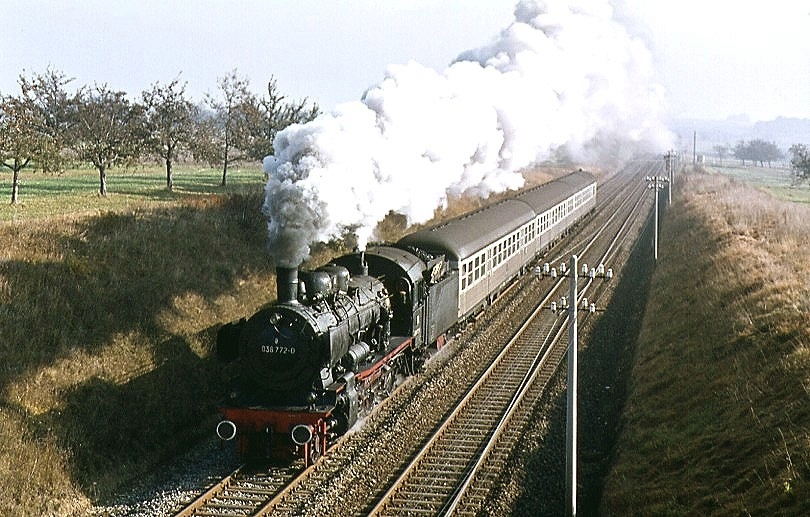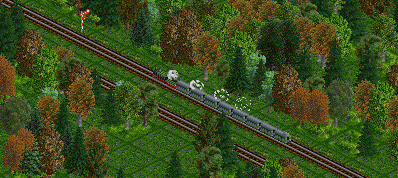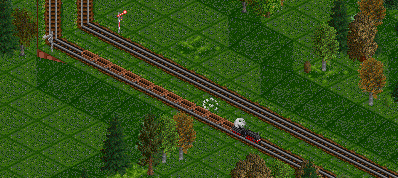Description
The Prussian P8, later renumbered to class 38, is one of the most successful engine designs of the 20th century. It was already created in 1906 and produced until 1923, with more than 3900 units leaving the factory halls. This is a record that stands to this day. As a result of the wars in Europe, the engines later ended up everywhere from France to Romania, and just kept on running reliably. More than 500 units were in regular service for more than 50 years, in Germany the last units were retired in the early 1970s.
The P8 is well suited for local services, but with a top speed of 100 kph it can also be used for fast trains, but they could also be used for light freight services. Still, it provides only little tractive effort, so usage is limited to flat terrain.
In the game one can only use this engine starting in 1923, when in reality that was actually the end of production. This is the only real difference to the real world model. The P8 is the top choice for local and regional passenger trains until the 1960s, as long as the tracks are somewhat flat. There are other types that are better suited for mountainous lines.
Images and Screenshots

A prussian P8 with silverling coaches in 1973, shortly before retirement

Before 1931 the BR 38 comes in a green livery. Here it pulls a local train with two-axle coaches for passengers and mail.

A BR 38 in the 1930s with an empty train of open cars.
Technical Data
| Name | pr. P 8 / BR 38 |
|---|---|
| Built | 1923-1950 |
| Power | 1180 hp |
| Tractive effort | 138 kN |
| Speed | 63 mph |
| Usage | passenger trains |
| Type of terrain | flat |
Load table
| Speed | train weight |
|---|---|
| 62 mph | 700t |
| 50 mph | 1100t |
The values in the table are valid for a flat track. With slope of one tile length with a 5% incline (game settings) on the line it can pull a maximum train weight of 750t.
Links
| Wikipedia | RailfanEurope |
